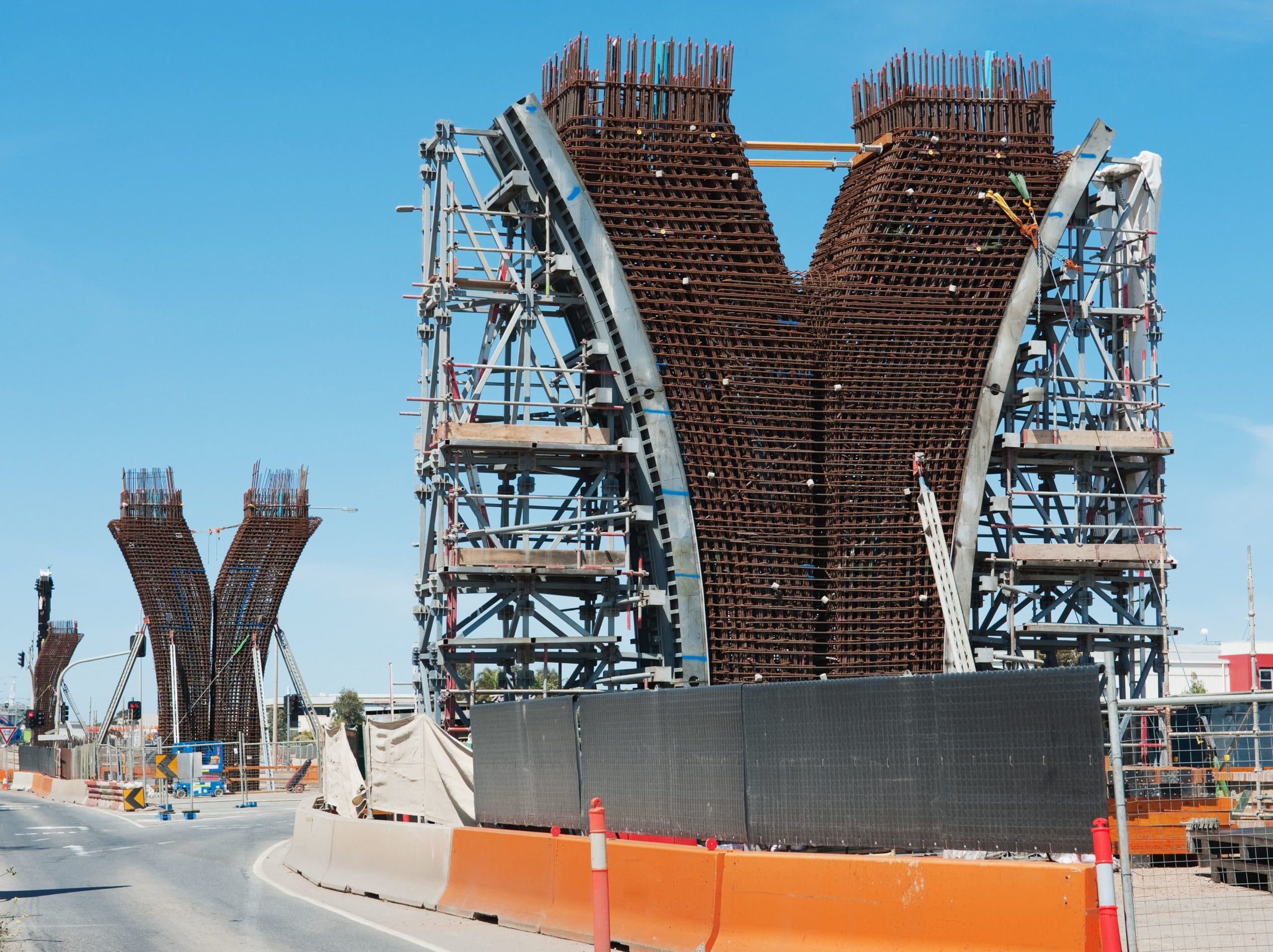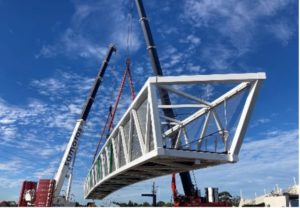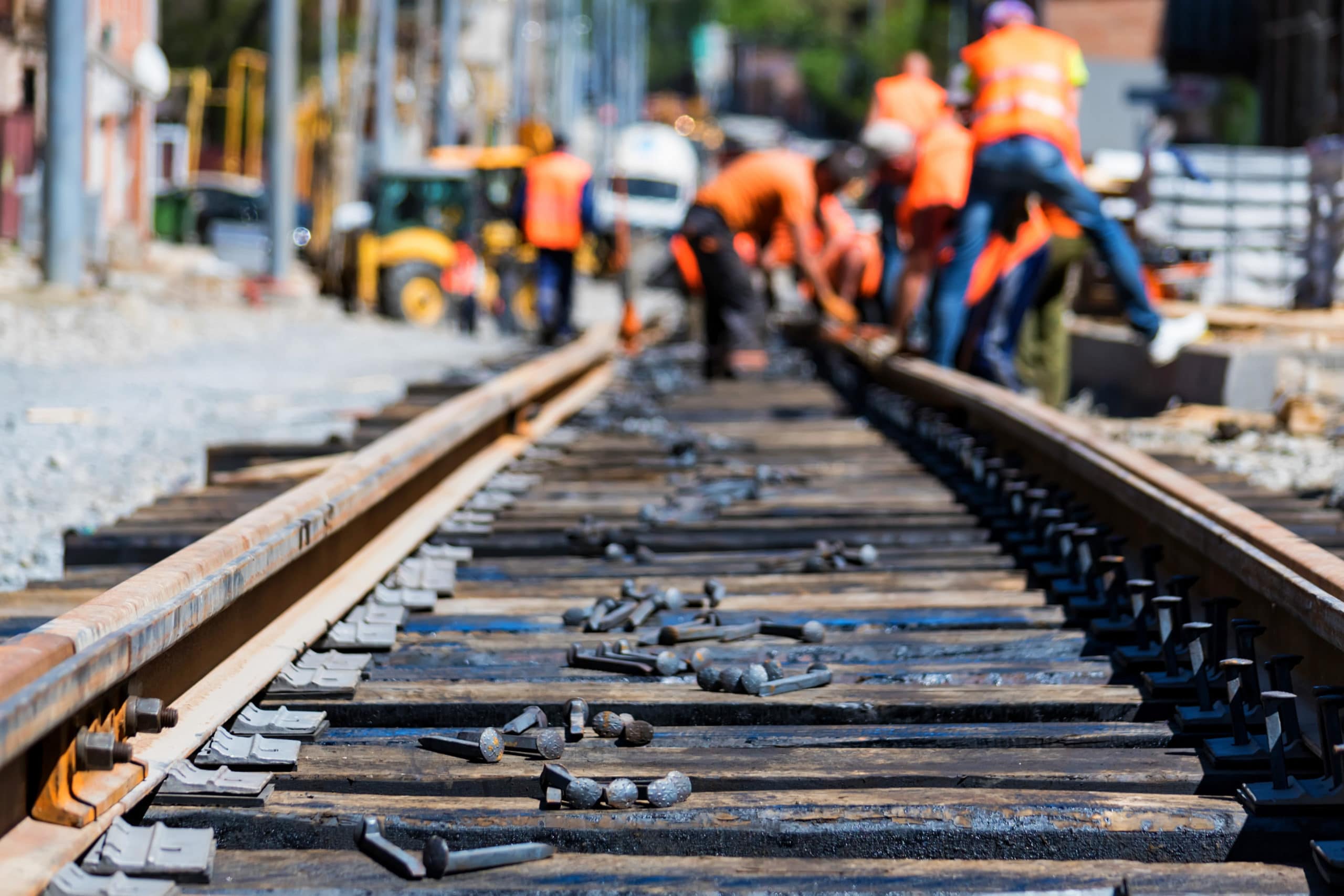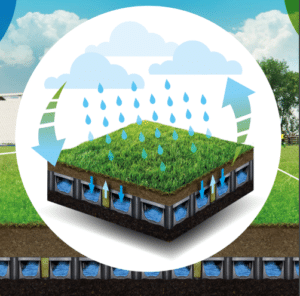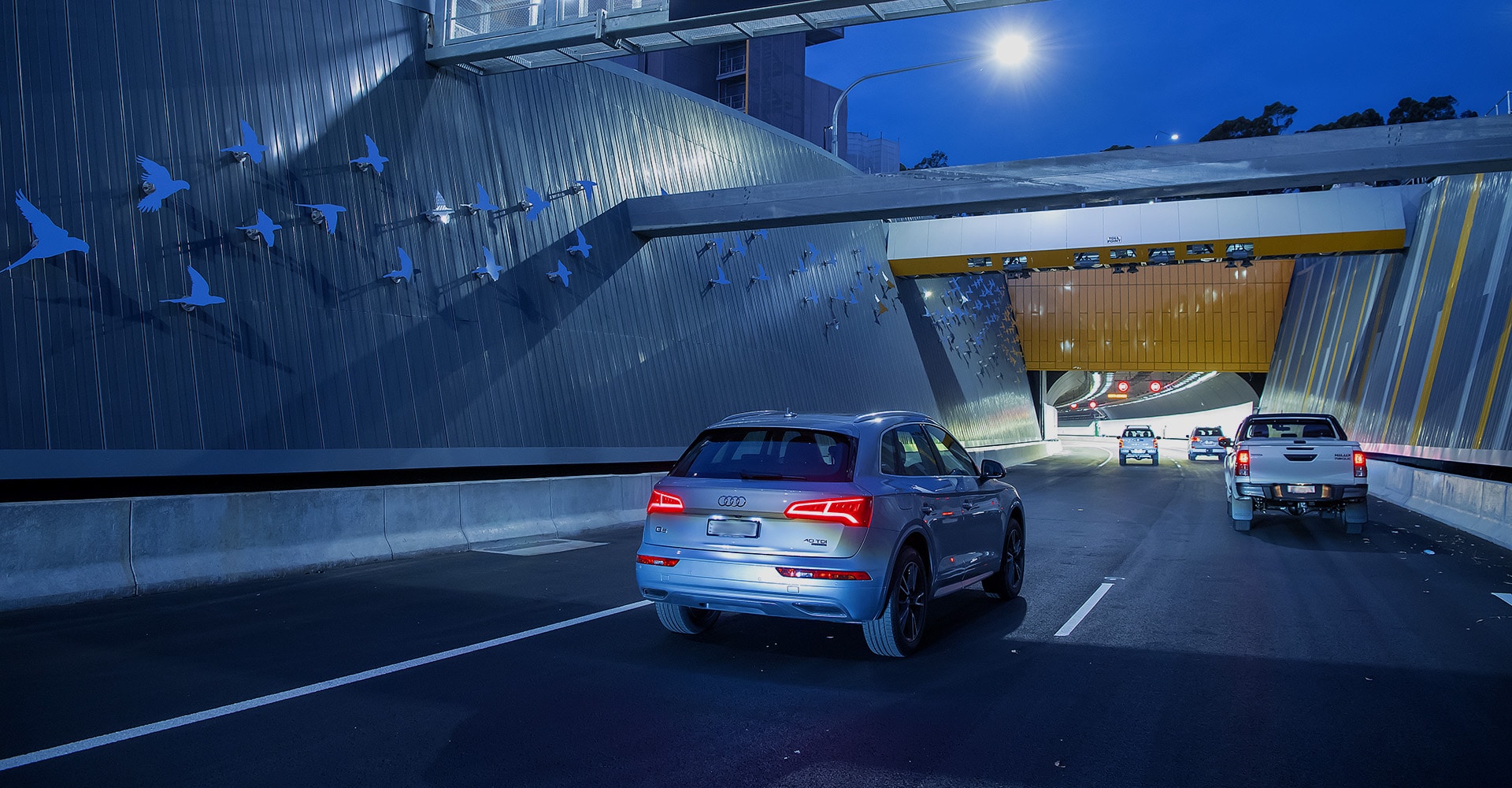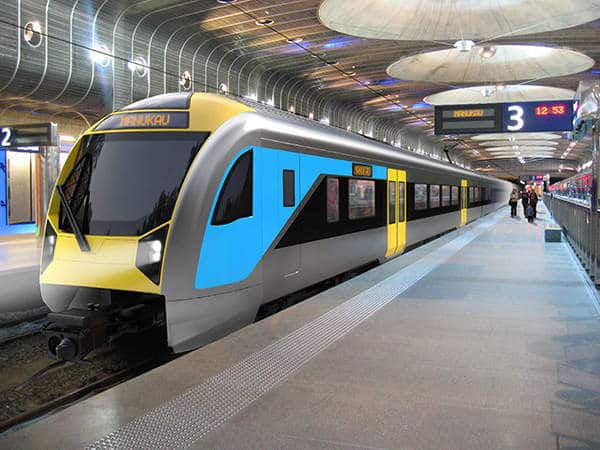Infrastructure will play a critical role in supporting Australia’s transition to net zero emissions according to a new paper released today.
Infrastructure contributes around 70 per cent of Australia’s annual greenhouse gas emissions, according to the Issues Paper: Reshaping Infrastructure for a net zero emissions future. The paper is published in partnership by the Infrastructure Sustainability Council of Australia (ISCA), ClimateWorks Australia and the Australian Sustainable Built Environment Council (ASBEC).
“Most infrastructure built today will still be operating in 2050,” says Ainsley Simpson, CEO of ISCA. “By this point, all Australian states and territories are aiming to be at net zero emissions.”
Ms. Simpson says that infrastructure must respond to and support broader economic and social trends, one of which is decarbonisation of Australia’s economy.
“Infrastructure is facing pressure from both the public and private sector to prepare for net zero emissions,” said Ms Simpson.
“In addition to state and territory commitments, private investors are increasingly aligning their portfolios with net zero emissions.”
Mr Michael Li, Senior Project Manager (Cities & Policy), at ClimateWorks Australia, says infrastructure influences 15 per cent of Australia’s emissions directly and 55 per cent indirectly.
“Direct emissions occur across the life-cycle including in procurement, construction, operations and decommissioning. But the majority of emissions are associated with the end use of assets and the activities they enable,” said Mr Li.
“For example, providing public transport infrastructure close to population centres can reduce local road transport emissions,” he said.
Ms Suzanne Toumbourou, Executive Director of ASBEC, says that preparing infrastructure for a net zero emissions future is a shared responsibility between all stakeholders across the infrastructure lifecycle, including infrastructure advisors, investors, construction companies and operators.
“With billions of dollars in the infrastructure pipeline, and the need to rapidly rebuild infrastructure after this summer’s natural disasters, now is the time for consensus about what role infrastructure can play in achieving a net zero emissions future,” said Ms Toumbourou.
The Issues Paper will be a focal point for conversations amongst infrastructure stakeholders around reshaping the conception, planning, design, construction and operation of infrastructure for a net zero emissions future. Using the Issues Paper as a starting point, ISCA, ClimateWorks and ASBEC aim to work collaboratively with those responsible for planning, assessing, funding and delivering infrastructure.
ISCA, ClimateWorks and ASBEC will be actively engaging with infrastructure sector individuals and organisations and inviting them to this important conversation.
“We invite stakeholders from across the infrastructure sector to collaborate and participate in solutions-focused discussions that are essential to reshaping infrastructure for a net zero emissions future,” says Ms. Simpson.
Stakeholders who wish to participate in the conversation throughout 2020 and beyond are also invited to reach out directly to ISCA, ClimateWorks and ASBEC for updates.
The Issues Paper: Reshaping Infrastructure for a net zero emissions future was developed with the support of the Clean Energy Finance Corporation and the Queensland Government.
ENDS
MEDIA ENQUIRIES
For general enquiries and interview opportunities:
Fleur Michell |ISCA| 0407 077 493 | fleur@theconnectagency.com.au
For technical enquiries about the Reshaping Infrastructure issues paper:
Kulja Coulston |ClimateWorks Australia| 0405 767 256 | kulja.coulston@climateworksaustralia.org
To register an expression of interest to be involved going forward:
Paul Davies| ISCA| info@isca.org.au | 02 9252 9733
MORE ABOUT ISCA
Reshaping Infrastructure for a Net Zero Emissions Future is a partnership between ISCA, ClimateWorks Australia and ASBEC.
The Infrastructure Sustainability Council of Australia (ISCA) is a member-based, not-for-profit peak body operating in Australia and New Zealand with the purpose of enabling and rewarding sustainability best practice in infrastructure. It does this through:
- Operating an Infrastructure Sustainability (IS) rating scheme for infrastructure assets
- Delivering training and capacity-building to enhance sustainability in infrastructure
- Connecting infrastructure projects to suppliers of sustainable products and services
- Bringing sustainability practitioners and infrastructure professionals together
- Recognising and rewarding best practice in sustainability and resilience
MORE ABOUT CLIMATEWORKS AUSTRALIA
ClimateWorks Australia develops expert, independent and practical solutions to assist in the transition to net zero emissions for Australia, Southeast Asia and the Pacific. Co-founded by The Myer Foundation and Monash University in 2009, ClimateWorks is a non-profit organisation working within the Monash Sustainable Development Institute. ClimateWorks also benefits from strong relationships with an international network of affiliated organisations that support effective policies, financing and action for emissions reductions. Acting as a bridge between research and action, the
ClimateWorks collaborative end-to-end approach seeks solutions that will deliver real impact. ClimateWorks supports decision-makers with tailored information and tools, working with key stakeholders to remove obstacles and help facilitate conditions that support the transition to a prosperous, net zero emissions future.
MORE ABOUT THE AUSTRALIAN SUSTAINABLE BUILT ENVIRONMENT COUNCIL (ASBEC)
The Australian Sustainable Built Environment Council (ASBEC) is the peak body of key organisations committed to a sustainable built environment in Australia. ASBEC members consist of industry and professional associations, non-government organisations, and government and academic observers who are involved in the planning, design, delivery and operation of Australia’s built environment. ASBEC provides a collaborative forum for organisations which champion a vision of sustainable, productive and resilient buildings, communities and cities in Australia.


